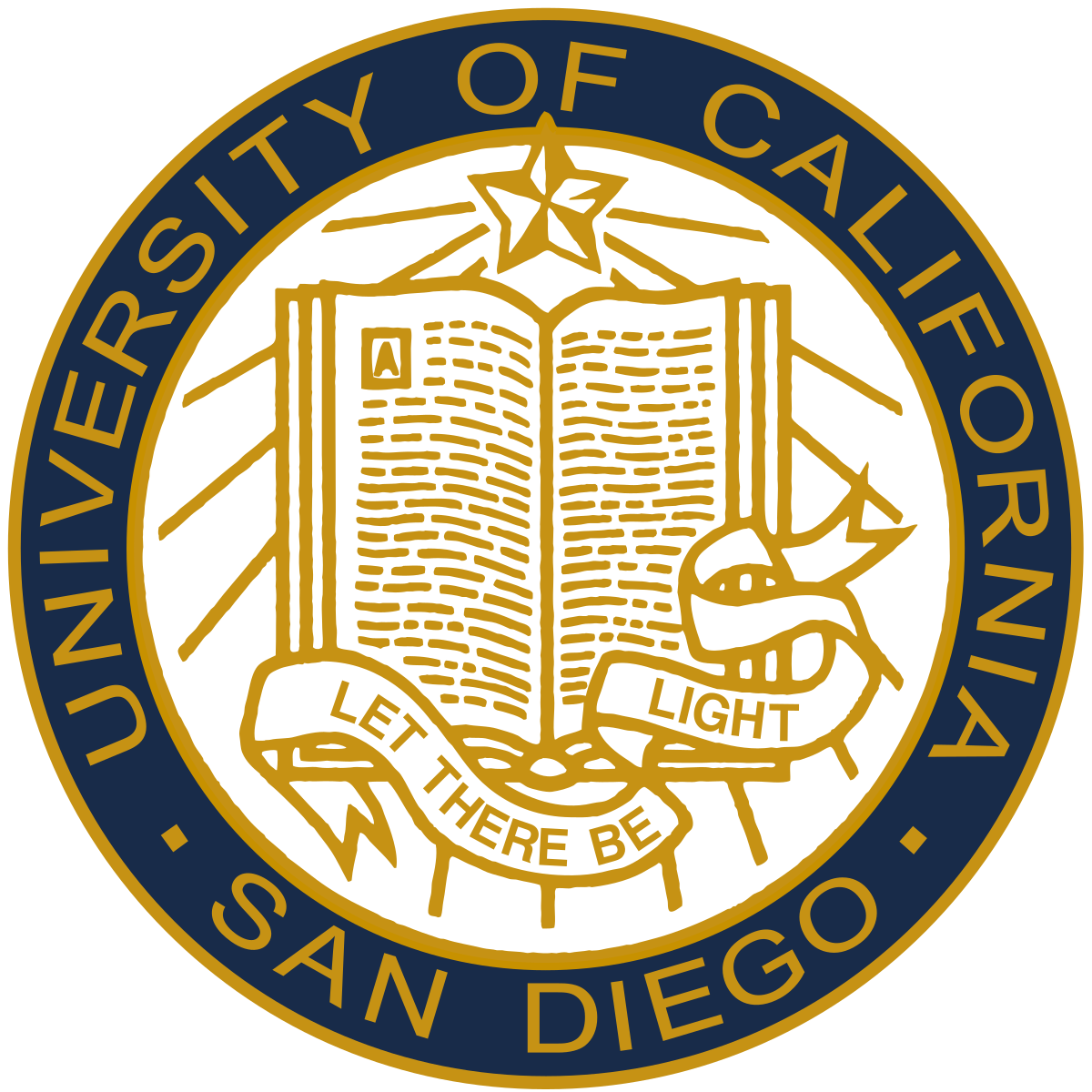ARCS San Diego Honors Terrence Sejnowski as Scientist of the Year for Outstanding Contributions
University of California San Diego and Salk Institute Professor Terrence Sejnowski has been named 2024 Scientist of the Year by the ARCS Foundation of San Diego. The ARCS (Achievement Rewards for College Students) San Diego chapter is honoring Sejnowski for his pioneering research in neural networks and computational neuroscience.
Each year, an ARCS committee that includes multiple members and the foundation’s president, and seeking input from former Scientist of the Year honorees and scientific advisors in the community, makes a recommendation to its membership for the Scientist of the Year award. ARCS voted unanimously for Sejnowski to be its 2024 honoree.
“The importance of artificial intelligence, AI, its incredible potential in today’s data-driven world, cannot be overstated, and the San Diego Chapter of ARCS is thrilled to honor one of its pioneers,” says Kathe Albrecht, president of ARCS San Diego. “Dr. Terry Sejnowski’s visionary work on neural networks and computational neuroscience in the 1980s laid the foundation for the machine learning and AI revolution that we’re experiencing today. His current research continues to further our understanding of the brain and its complex functions, from filtering what we see to recalling memories. We are proud to recognize Dr. Sejnowski as our 2024 Scientist of the Year and look forward to celebrating his achievements in April.”
Sejnowski, a distinguished professor at UC San Diego’s School of Biological Sciences, head of Salk’s Computational Neurobiology Laboratory and holder of the Frances Crick Chair, has helped shape fields of neuroeconomics, neuroanatomy, neurophysiology, psychology and artificial intelligence. In 1985, while at Johns Hopkins University, he collaborated with computer scientist Geoffrey Hinton to invent the Boltzmann machine, the first algorithm to solve the problem of learning in multilayered neural networks. It remains the most biologically plausible of all subsequent learning algorithms for artificial neural networks.
“Terry’s scientific accomplishments are the foundational cornerstones of the rising field of AI. We are deeply gratified to see him honored by ARCS,” said UC San Diego Professor Jing Wang, the chair of the Department of Neurobiology, School of Biological Sciences. Sejnowski recently was featured in “A Deep Look into the AI Revolution,” a School of Biological Sciences/UCTV public event that offered a glimpse into how artificial intelligence is being used to accelerate scientific discovery and shape biomedical research, both in academia and industry.
“This honor is validation of the trailblazing work Terry has done in the field of computational neuroscience,” says Salk President Gerald Joyce. “We are thrilled ARCS has recognized him in this prestigious manner.”
Soon after announcing the Boltzmann machine, Sejnowski created NETtalk, a computer program that, like the human brain, was able to learn how to turn written text into speech. Not only was this an astounding engineering accomplishment but it also marked a major cultural milestone as it raised new challenges for philosophy, linguistics and cognitive science.
Sejnowski also helped develop the first unsupervised learning algorithm for independent component analysis, which is now a mainstay in brain imaging. He has also shown that sleep spindles (brain wave patterns during nonrapid eye movement sleep) are not synchronous across the cortex, as was previously believed, but instead create circular traveling waves.
“It is a singular honor to be chosen by ARCS as the Scientist of the Year, which also honors the remarkable computational advances being made by computer scientists and neuroscientists,” says Sejnowski.
Sejnowski has received numerous other awards, including the Institute of Electrical and Electronics Engineers Frank Rosenblatt Award, Neural Network Pioneer Award, Hebb Prize and Wright Prize. He is a member of the National Academy of Sciences, National Academy of Medicine, National Academy of Engineering and National Academy of Inventors.

